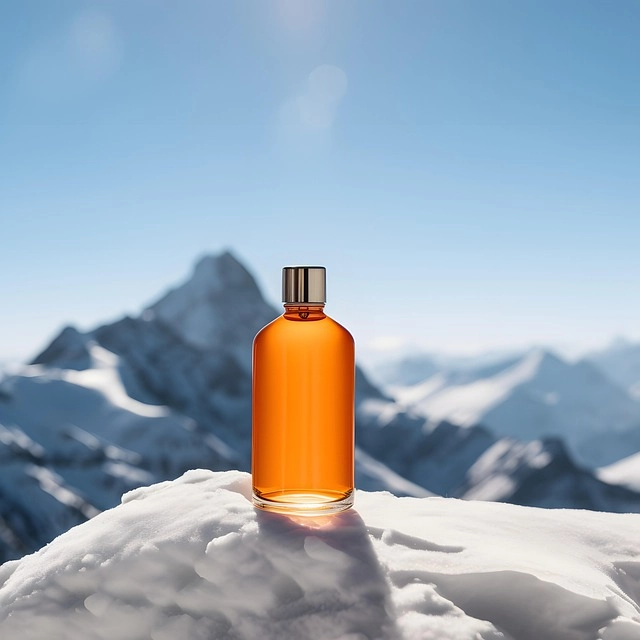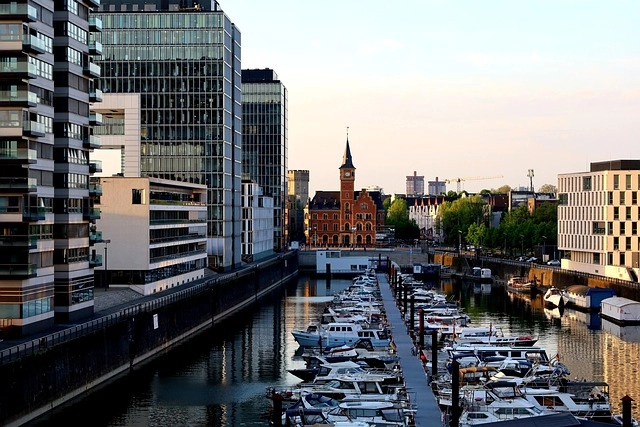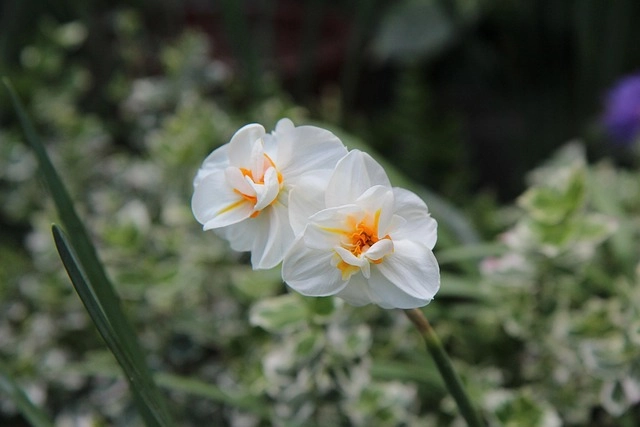Coach perfumes' intensity varies with climate, affecting their projection and longevity. Warmer, humid climates diminish scent, favoring richer notes in colder settings. Lighter fragrances are popular in hot regions, while deeper scents thrive in colder environments. Regional preferences guide perfume choices, balancing temperature and personal comfort. Seasonal adaptations ensure optimal olfactory experiences by aligning scent intensity with environmental factors.
“Uncover the intriguing interplay between climate and fragrance with our deep dive into how different environments shape the performance of a coach perfume. From the intensity of scent projection in varying temperatures to the influence of humidity on evaporation, this article explores key factors that determine how perfumes interact with diverse climates. Discover regional preferences, seasonal adaptations, and cultural variations that highlight the multifaceted nature of scent in our global landscape.”
- Fragrance Intensity: Climate's Impact on Scent Projection
- Temperature Influence: How Heat Affects Perfume Longevity
- Humidity Levels: The Role in Perfume Evaporation
- Regional Preferences: What Climates Favor in Scents
- Seasonal Changes: Adapting Perfumes for Different Weathers
- Cultural Differences: Climate-Based Perfume Choices Across Cultures
- Environmental Factors: How Nature Shapes Perfume Composition
Fragrance Intensity: Climate's Impact on Scent Projection

The fragrance intensity of a coach perfume can vary significantly across different climates, offering a unique experience to wearers based on their geographical location. In warmer, humid climates, scents tend to dissipate faster due to higher temperatures and moisture levels, resulting in a more subtle projection. This is particularly true for lighter, floral fragrances that may fade quicker than richer, deeper notes. Conversely, colder climates can prolong the longevity of perfumes, as lower temperatures slow down evaporation, allowing the scent to linger on the skin for longer periods.
This climate-driven effect is especially pertinent when considering coach cologne, which, being a more robust and masculine fragrance, may exhibit different behavior in various weather conditions. For instance, in a bustling metropolis with high pollution levels, the scent might interact with particles in the air, altering its composition and reducing its intensity over time. In contrast, a crisp, clean mountain air setting could enhance certain notes, making the cologne’s aroma more pronounced and lasting.
Temperature Influence: How Heat Affects Perfume Longevity

Humidity Levels: The Role in Perfume Evaporation

In the realm of fragrance, humidity levels play a pivotal role in how a perfume or cologne performs over time. The scientific reason behind this is simple: evaporation rates are directly influenced by moisture content in the air. In humid climates, where the atmosphere is filled with water vapor, scents tend to linger longer on the skin due to slower evaporation of the perfume’s oils. This means that a spritz of Coach Perfume or Coach Cologne in such environments will create a more prolonged and intense fragrance trail compared to drier regions.
On the contrary, lower humidity levels expedite the evaporation process, causing fragrances to dissipate faster. In arid climates, one might notice that their chosen scent from either Coach Perfume or Coach Cologne doesn’t last as long on their skin. This subtle variation in performance highlights the intricate interplay between fragrance, climate, and individual sensory perception.
Regional Preferences: What Climates Favor in Scents

In the world of fragrances, regional preferences play a significant role in dictating which scents thrive in specific climates. For instance, warmer climates often favor lighter, fresher notes found in coach cologne, where robust and heavy scents might be less appealing. Conversely, colder environments tend to lean towards richer, deeper aromas, making coach perfume a popular choice among folks navigating snowy landscapes.
This preference shift isn’t just about temperature; it’s also about personal comfort. In humid regions, for example, lighter fragrances can help reduce the sensation of stickiness, while in drier climates, richer scents can provide a comforting warmth against harsh winds. Thus, understanding these regional nuances is key to appreciating how both coach perfume and coach cologne adapt to create unique experiences across diverse climates.
Seasonal Changes: Adapting Perfumes for Different Weathers

The performance of a perfume can be influenced by seasonal changes, with different weathers impacting how scents are perceived and worn. During warmer months, lighter fragrances like Coach Cologne tend to be more popular, as stronger perfumes may become overwhelming in high temperatures. The lighter, fresher notes of Coach Cologne allow for a more comfortable wearing experience under the sun, while richer, deeper scents may be better suited for colder seasons when they can linger longer on the skin without evaporating too quickly.
Similarly, humid climates can alter how fragrances unfold, with scents potentially becoming more intense and long-lasting due to higher moisture levels in the air. Conversely, dry climates might cause perfumes to evaporate faster, making them appear sharper or more concentrated initially but fading quicker. Adapting one’s perfume choice to the season or climate ensures a better olfactory experience, as it allows for an appropriate balance between scent intensity and environmental factors.
Cultural Differences: Climate-Based Perfume Choices Across Cultures

Environmental Factors: How Nature Shapes Perfume Composition

The natural environment plays a significant role in shaping the scent profile of any fragrance, including the popular Coach Perfume and Coach Cologne. Climate, in particular, is an influential factor that can dramatically alter how a perfume is perceived. For instance, warmer climates tend to intensify certain aromatic notes, making fragrances feel lighter and more vibrant. The heat speeds up the evaporation process, allowing top notes to dissipate quicker, revealing deeper, richer base notes. Conversely, colder weather slows down this evaporation, allowing the full complexity of the scent to unfold slowly over time.
This environmental impact is evident when comparing how Coach Perfume and Coach Cologne are experienced in different seasons. During spring and summer, the lighter, floral notes might take center stage due to the warmer temperatures, while autumn and winter could showcase the deeper, woody base notes more prominently. This natural modulation adds a unique dimension to these fragrances, ensuring they adapt to various seasonal settings and personal preferences alike.






